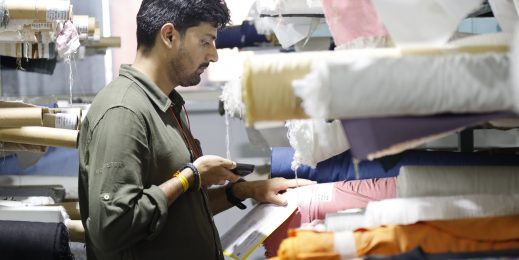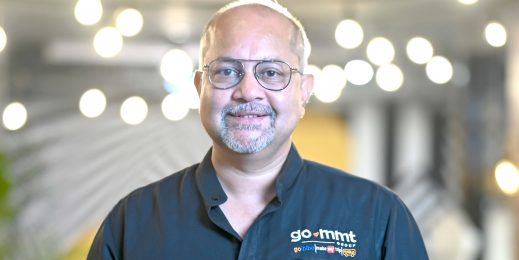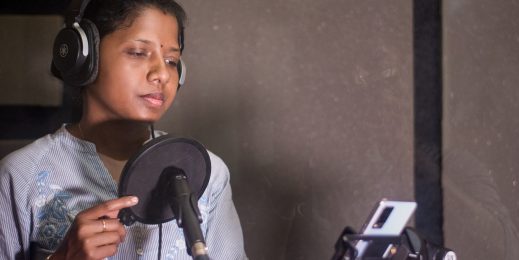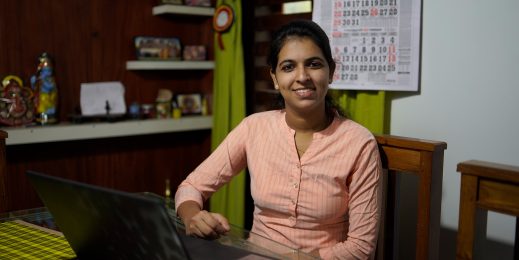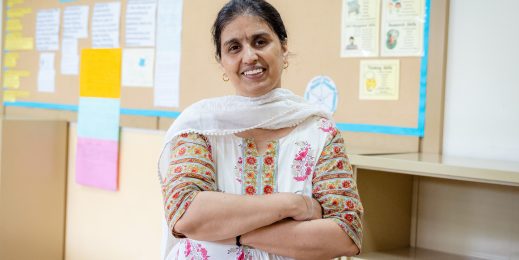
How one man is using tech to change the lives of children with learning disabilities
Growing up in Salem, a small industrial town nestled on the highway connecting Bengaluru and Chennai, Senthilkumar Govindarajulu could never explain to his teachers why he couldn’t read and write like other students or retain lessons as well as his classmates did.
“It was much later, after I completed secondary school, that I found out I had moderate dyslexia and Attention Deficit Disorder (ADD),” he says.
While pursuing his higher education, he vowed to make something out of himself and give back to the society. After doing his post-graduation in social work, Senthilkumar did his doctorate in Medical and Psychiatry, School Social Work, and volunteered with the United Nations and other agencies. But despite these accomplishments, it was a lecture he attended while in Delhi, that changed the course of his life.
“I attended a lecture by Neelam Sinha, JNU’s national coordinator for open school system, where she spoke about disabilities and learning,” he reminisces.
The experience reminded him of his childhood and the troubles he faced at school due to dyslexia and ADD. He started researching about dyslexia and other comorbidities, and worked as a counsellor at a hospital. In 2000, he decided to move back to his hometown and ensure other children like him don’t get denied a future.
Starting with just one student, he opened the Helikx Open School and Learning Center to educate children with learning disabilities. For nearly two decades, this school has been catering to learning needs of children with a range of specific learning disabilities in the age group of 7-17 years. Today, the school has helped more than 700 children, mostly from low-income groups, overcome their challenges.
“We are guided by the principle of ‘Can you teach me the way I can understand’. Each child that comes to us has immense potential. It is our job to find the right methods to simplify learning for them,” Dr Senthilkumar says.

Technology for all abilities
For the first few years, the school relied on traditional teaching methods and computers were only available for office administrative services. But in 2009, the school acquired a few affordable laptops to see how technology could be integrated with the teaching curriculum.
“Once we acquired the laptops, there has been no looking back,” says Kishore Kumar, an alumnus of the school, who returned after finishing his bachelor’s in computer science to serve the school as its IT head. Since then, the school has implemented Microsoft Learning Tools on OneNote to teach and engage with students with different learning disabilities.
For students with dyslexia, who suffer from difficulties in reading, writing, and poor memory, teachers use Immersive Reader widely to enhance their reading skills. For young students, many of whom are first-generation learners in their families, teachers also include picture dictionary to help with memory retention.
“I can see the difference in confidence in children when they start using technology. For older children with dyslexia, who are learning to write, the Dictate feature helps them write simple sentences without worrying about making spelling mistakes,” says Vidhya, a remedial teacher at the school.
Similarly, for students with ADHD, teachers use OneNote to teach vocabulary by encouraging them to create mind maps, linear and web charts to increase their attention span and memory retention. Meanwhile tools like Sway help them learn visually while Kahoot quizzes at the end of every class are handy to test their retention.
It is students with autism, however, who need the most attention. The teachers at Helikx Open School and Learning Center have found the Flipgrid to be an engaging tool for students like Sam (name changed).
“Sam loves to tell stories. When I tell a story in class, he takes some characters from it and creates a whole new story. His imagination comes to full play when creates a new story on Flipgrid,” says Vidhya.
Today, the school has deployed Microsoft Teams for every teacher and student. Kumar has created separate channels as per their grade, which allows them to learn even when they are away from the school, like in the current COVID-19 situation.
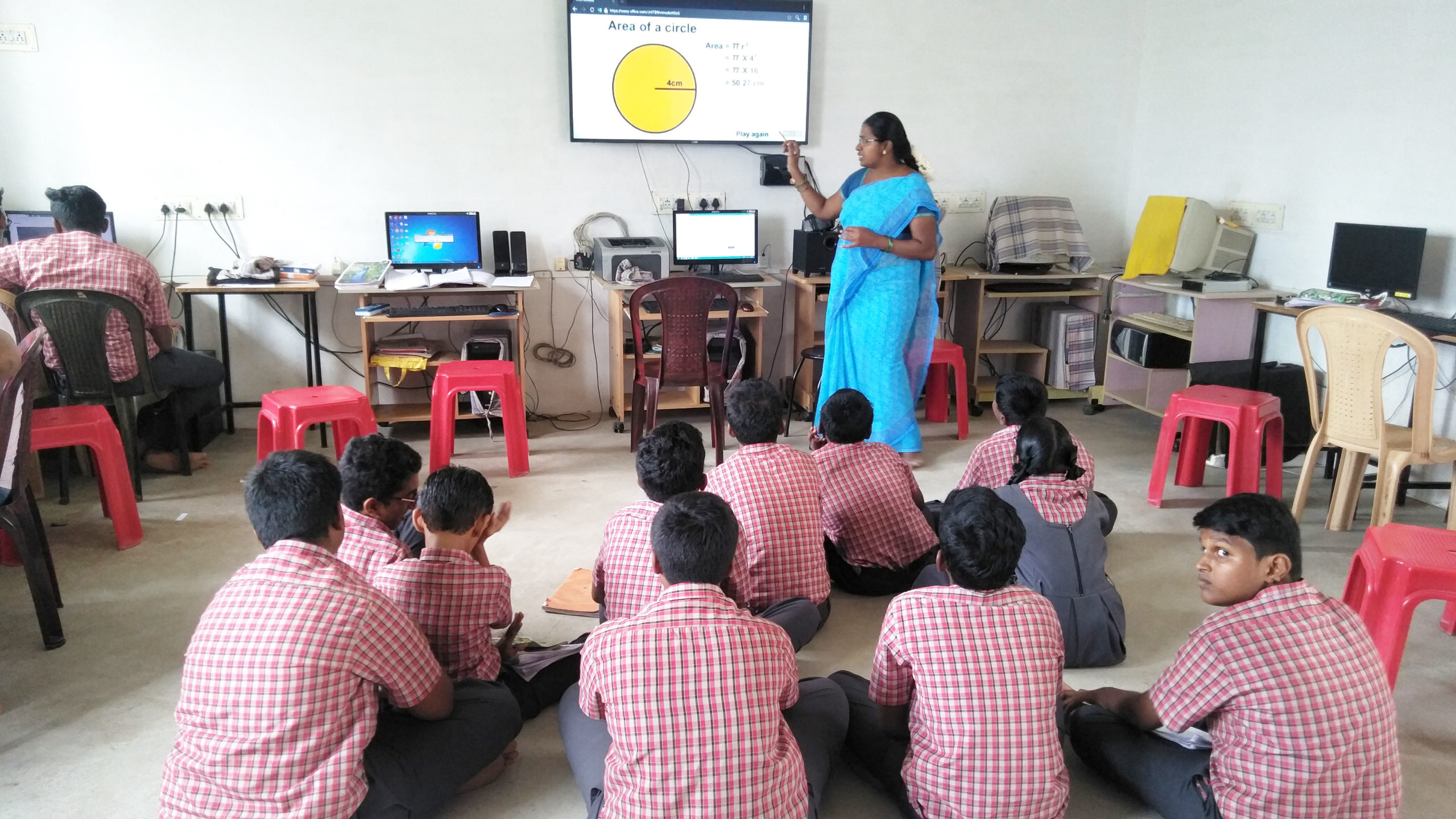
“Most of our students don’t have laptops at home, but they are still able to attend the classes on their phones,” says Kumar.
Moving to Teams has also provided teachers new tools to engage with their students remotely. While some teachers are using Kahoot quizzes at the end of their classes, others are encouraging students to create and share content using Sway, Buncee, and Paint 3D. To replicate the test environment, teachers are also sharing Microsoft Forms on Teams, which they need to fill and send back.
“Considering the students are currently not in school, we are also creating PowerPoint presentations with audio clips and OneNote pages with immersive reader and picture dictionary, which they can download and learn whenever they can,” adds Pradha Senthil, another teacher at the school.
Dreams do come true
When Dr. Senthilkumar returned to his hometown in 2000, he’d never imagined how impactful his vision would turn out to be. Many of his students have managed to make it to the regular workforce.
“One student of mine completed his engineering, worked for some of the biggest IT companies in the country and now runs a startup in Bengaluru,” he says with pride.
So what’s next for Dr Senthilkumar and his team at Helikx?
“We have seen the productive outcome of technology over the past couple of years. We have even established an innovation lab and are keen to expand and upgrade ourselves with tools over the next few years to see our children fly high,” he says.
Top photo: Sam (name changed), a student with autism, uses Immersive Reader on OneNote with picture dictionary to read a story. All images courtesy Helikx Open School and Learning Center.







